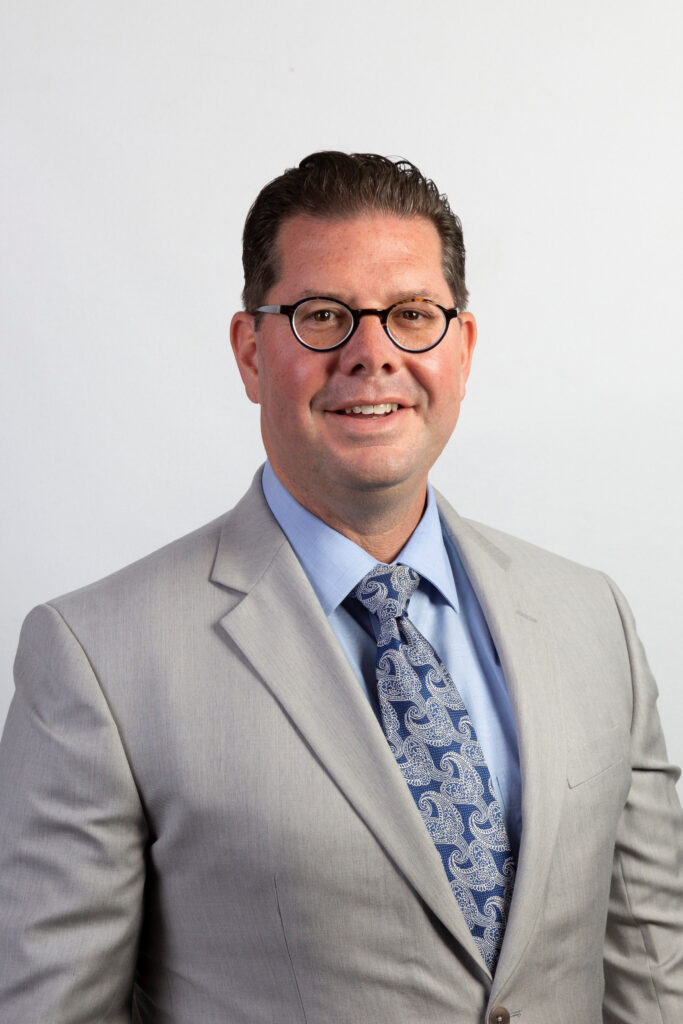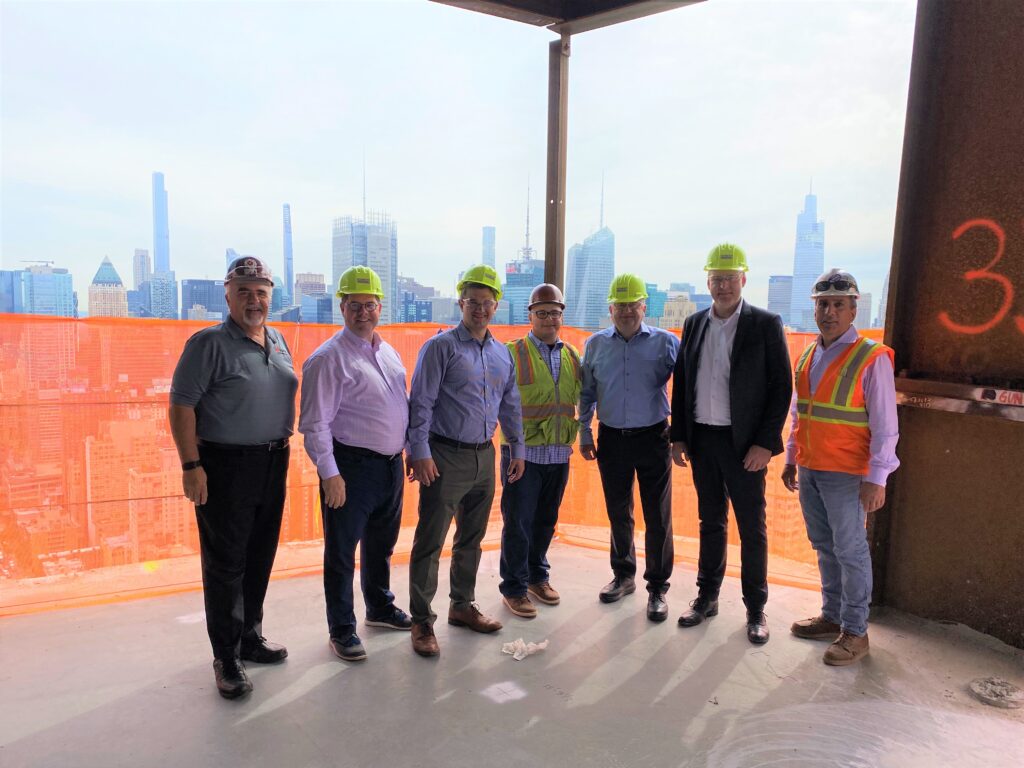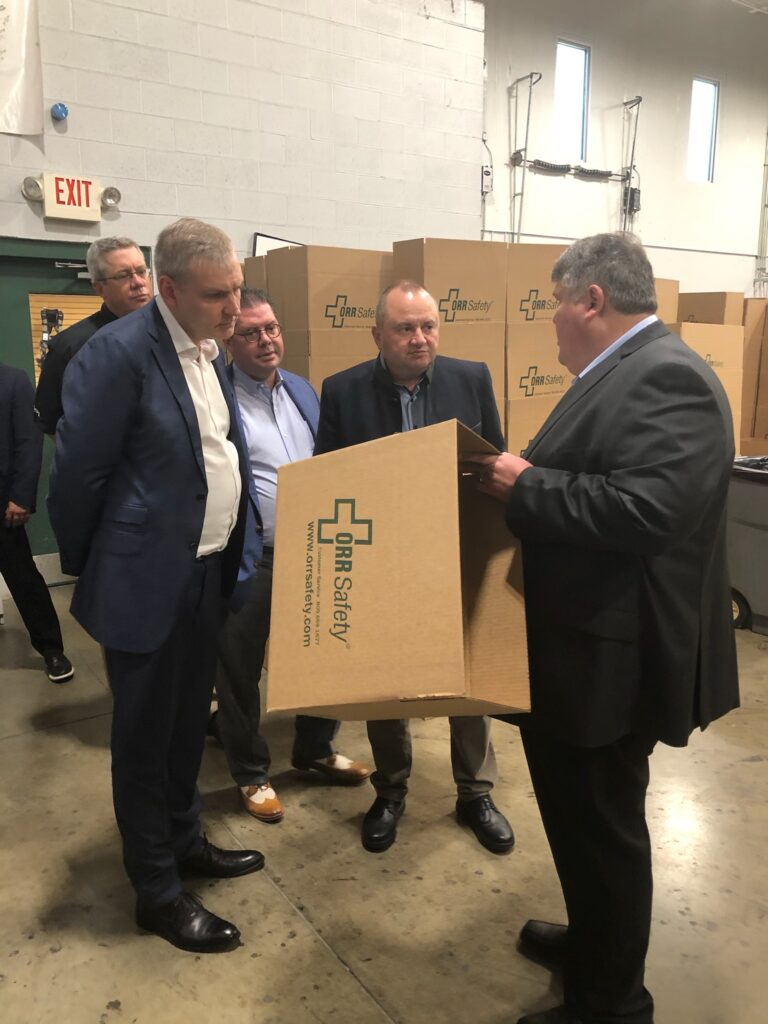TS: Okay, I have read a few interviews with you in the past year, so I am taking this as a challenge to take a different approach to talk with you. That said, if I ask you something too crazy, feel free to plead the 5th or skip past the question. At the same time, I plan to have a little fun. So, you ready?
Dan Hill: Thanks TS, I appreciate the time and opportunity to speak with you.
TS: I’ll jump right into the recent data that I read in Fastener News Report, where Würth shared that they saw “double-digit sales growth” in the first half of 2021. I think the actual number they printed was 22.6% growth over the same period from the previous year. For our industry, the numbers are kind of staggering.
DH: Yes, right at 17% growth for H1, and if you exclude our PPE division that had record-setting 2020 COVID impacted results, it’s more like 36% growth this year! They are staggering, we are seeing a lot of our customers producing at rates well beyond their production plans for 2021, and we are working diligently to support them. We’ve had growth in nearly all of our divisions, with industrial and construction seeing the highest sales growth rate. However, this didn’t happen overnight—this is the result of a lot of hard work from everyone across our business, better service to our customers, expanding product offerings, and providing a secure supply chain to support our customers’ growth.
TS: How big can Würth grow? Maybe more specifically, how much larger can WINA grow?
DH: The Würth Group recently surpassed an exciting milestone, reaching 81,000 employees throughout its 400 companies in 80 countries. And at a WINA level, in the past two years, amid the pandemic, we have made four acquisitions, growing the business by $163 million, and launched a new start-up business, Würth Additive Group, to expand our 3D printing products and services. We focus on growth through acquisition, finding companies who will be the best fit, and providing the best product and service expansion for our customers. The goal is to double by 2025. Our growth future is certainly bright.
TS: I have heard industry people say stuff like, “in the end, Amazon will own everything.” That may or may not be the case, but consolidation is taking place in the fastener and industrial marketplace. So, what will all this look like in five or ten years? Is it going to be a half dozen big players left? Will everything be sold to private equity, and the fastener names be pushed aside? What do you see?
DH: The consolidation of companies will undoubtedly continue, and not just in our marketplace, but across most industries, because the customer demands global solutions, a secure supply chain, and local sales support. That’s not something a mom-and-pop operation can provide. But just focusing on our business compared to Amazon, we don’t just sell fasteners; we provide vendor-managed inventory solutions, that’s not something that Amazon does. And when you look at our Safety/MRO/Metalworking business, we see tremendous growth in service solutions like Safety Check, offering a safety analysis for factories, or our newly expanded custom boot and safety eyeglass program. This service is what the customer requires, and it’s not something Amazon is going to provide.
TS: You have had a few different positions that, while not specifically fastener related, did put you in a position to take on your current role with Würth. For those who might have missed reading your other interviews, please share the stepping stones of your career. And, feel free to share your hot dog cart history for those who have not heard about that phase of your career path.
DH: I think the hot dog cart part is the part people really enjoy, but I’ll give a quick rundown. I joined GE Supply in 1999, where I had increasing roles of responsibility, ultimately as District Manager in the New England region. In 2006, I moved on to Crescent Electric Supply Company, one of the largest electrical distributors in the US, where I progressed from District Manager to Vice President Eastern Region to General Manager, holding responsibility for US$1 billion and overseeing more than 120 national branches. In 2015, I became President of Newark Element 14 (now Avnet), managing sales across the US, Canada, Mexico, and Latin America. During my time there, I also helped lead the sale of Newark/Premier Farnell for US$907 million to become Avnet’s largest acquisition. Then, in 2018, I joined the Würth Group as Executive Vice President and CEO of Würth Industry North America.
But, now the fun part – the hot dog cart: When I was faced with how to fund my college education, I knew I was going to have to get creative. I had an idea, and I was pretty confident in it, so I went for it. I took out multiple loans to finance a hot dog cart and went to work selling hot dogs through all four years of college, and at graduation, my cart was paid off, and so was my tuition. Selling hot dogs to pay my way through college showed me (and my future employers) that I would excel in sales and have an entrepreneurial spirit. It helped me get to where I am today.
TS: So, after all that, you wind up in the fastener industry. What surprises you most about the fastener industry?
DH: How connected the industry is and the long tenure of so many people in the industry. It’s impressive to see the long-standing connections that have been made and friendships built over many decades. We are a big supporter of organizations like NFDA and Women in the Fastener Industry. We believe in nurturing young talent and having a diverse workforce. We appreciate the leadership throughout the industry that also believes in these goals and works to train and develop the fastener workforce of the future.
TS: What things do you like most about the industry?
DH: The people, hands down. I’ve worked in several different industries, but this one has so much passion. It is really cool when you think about it – nuts and bolts are just nuts and bolts, but they aren’t just that when they are holding together the camper that your family travels in every weekend or the bridge you drive over on the way to work and school, or the tractor that farms the land to produce the food we eat. The people who work here feel that they know how our business impacts how we live, move, and enjoy life. I’m especially proud of Würth Knowing, our engineering YouTube program we launched this year to educate our customers and our employees—sharing our knowledge with others is a passion for our company.
TS: What are the biggest challenges of coordinating several different, uniquely run companies into one Würth operation?
DH: When I started in October of 2018, I was hired as a turnaround guy, and I have a successful history of making companies more profitable. Professor Würth has a famous saying, “Growth without profit is fatal.” So, over the last 2+ years, we’ve worked on restructuring the North American business into key markets: Industrial, Construction, MRO/Safety/Metalworking, and Specialty (3D/Marine) that better support customers. And clearly, this is working – we’ve expanded our customer base and are more profitable because of our focus on the customer.
TS: 2020 and 2021 have been unique years in the fastener industry. I have some long-tenured fastener friends who have acknowledged that they have never seen a market like the one today where product is hard to procure, imports are difficult to get delivered, and prices keep rising. And then, even those who have access to product do not always want to part with it. Hiring employees is difficult, and then there was the entire logistical situation of how to run a business during a 100-year pandemic. And this is the market that you find yourself in as the most recent CEO of Würth North America! I cannot imagine this was what you saw coming when you took the position.
DH: Definitely not. I don’t think anyone could have imagined this. But, what the current market conditions have done is showcase the strength of our company, our leadership, and our entire team. We’ve come together and supported each other and our customers. The organization’s adaptability, resilience, and creativity over the past two years will undoubtedly go down in the WINA history books. During the pandemic, we launched the Wurth Additive Group, a 3D Printing solutions provider, and signed a global partnership with Markforged, the leader in metal printing technology. We expanded into new markets through this initiative and now offer an end-to-end inventory solution—from low minimum complex assembly printed parts to high volume competitively priced parts.
TS: Würth is a German-based company. Do you see many differences in how they run a fastener operation here in the states?
DH: I have a deep respect for the Würth Group and its culture. Professor Würth, who built the business into a US $20 billion, very profitable organization, is still a driving force and influence in everyday operations. The Würth culture focuses on entrepreneurial spirit, personal accountability, and delivering the best customer service—this is why they have been successful and will continue to grow the business. Because the culture is customer-focused, there are differences in how we service the customers in different regions. However, one of the key areas that we excel at is our global support of customers that have operations in all three regions: Americas, Europe, and Asia. We have over 400 businesses across the globe that provide vendor-managed inventory solutions along with on-demand printed replacement tools and parts—no one else can provide that level of customer service. We’re proud to be part of this global organization that invests in innovation and its people.

CEO, Würth Industry North America
Executive Vice President, Würth Group

Dan Hill and several members of the Würth leadership team visiting a Manhattan job site; the 65-story build is being serviced by Würth Industry North America’s Construction Division.


Note from TS:
I have a regular column in Fastener Technology International (FTI) magazine, called 10 Minutes with the Traveling Salesman, which can be read online at www.fastenertech.com. Subscriptions to FTI, print and digital editions, are free-of-charge for fastener manufacturers, distributors and users as well as suppliers to the industry.”
